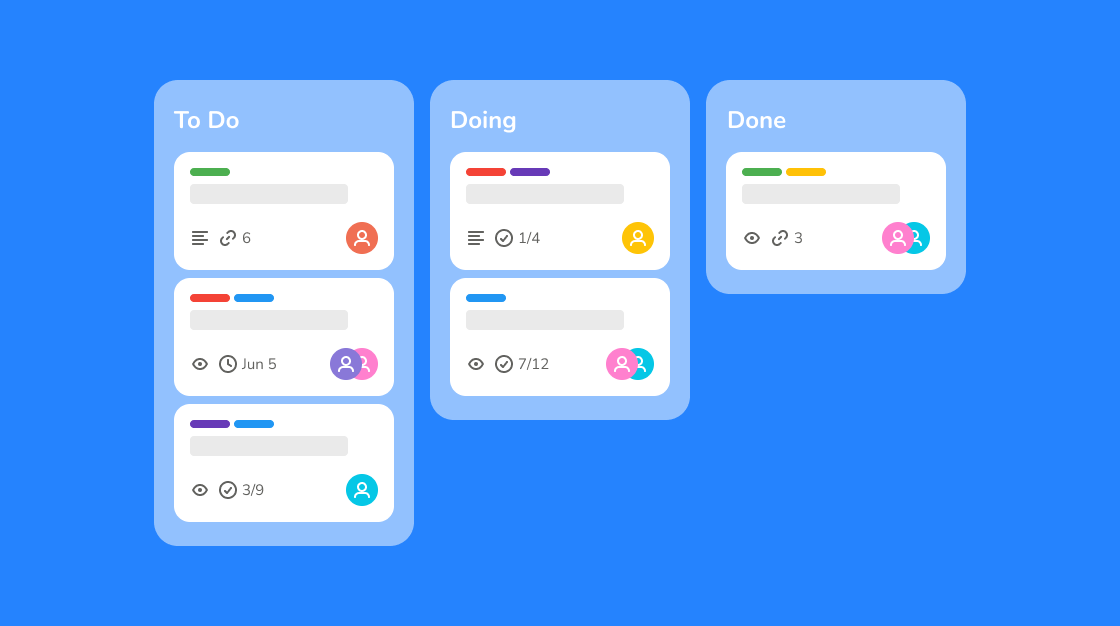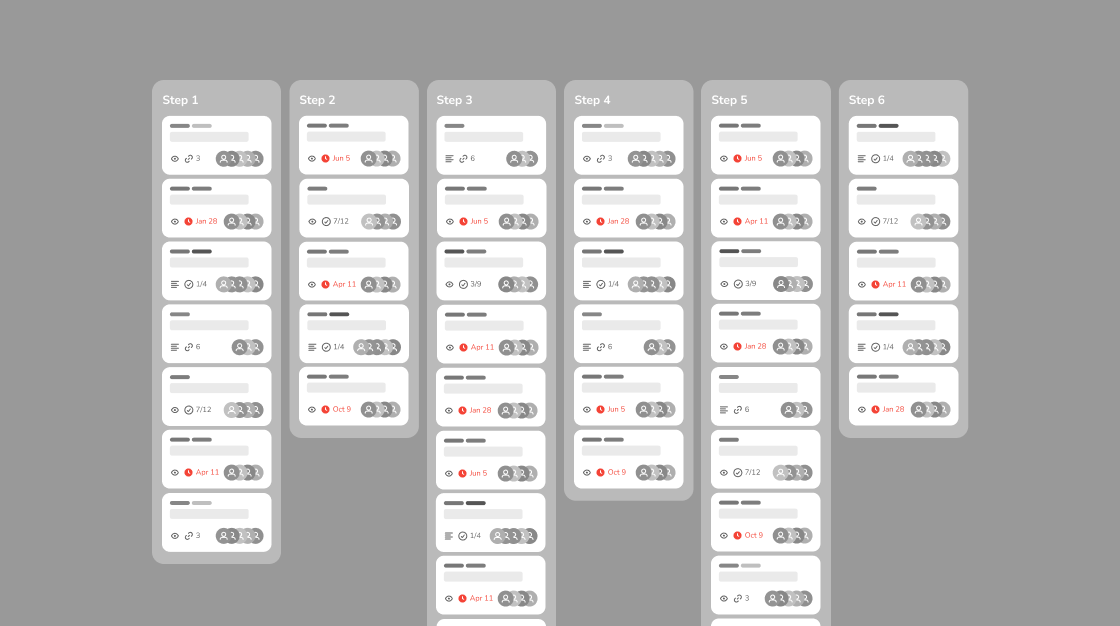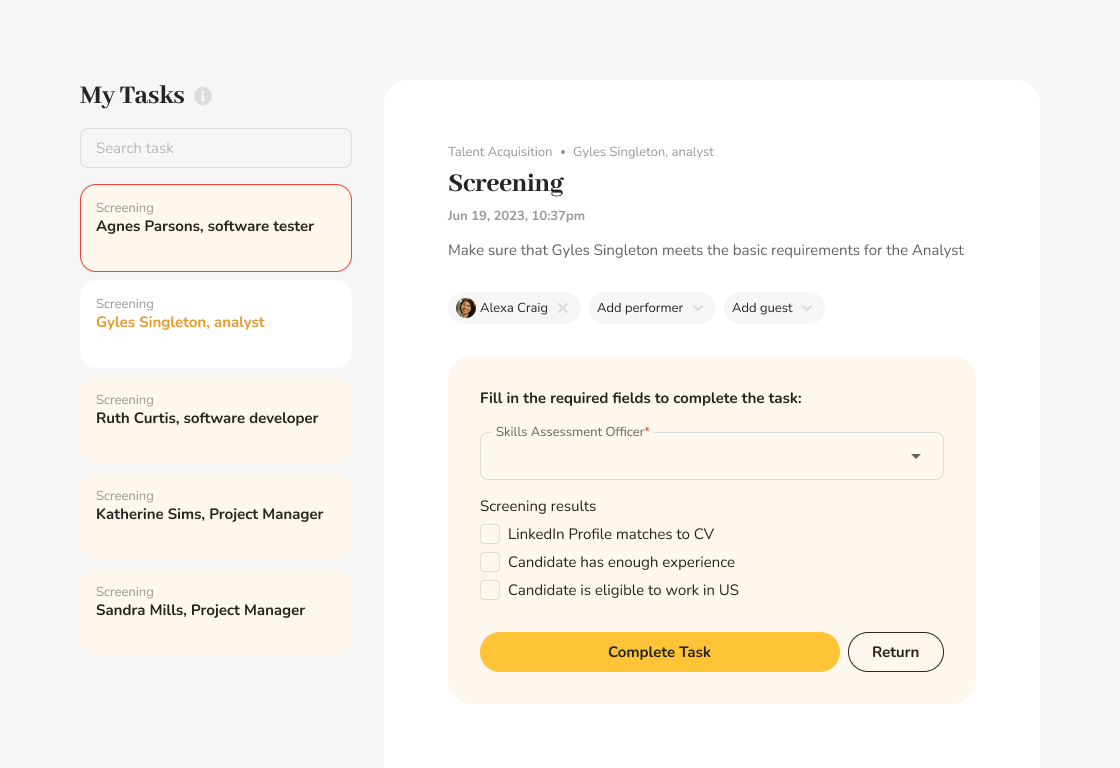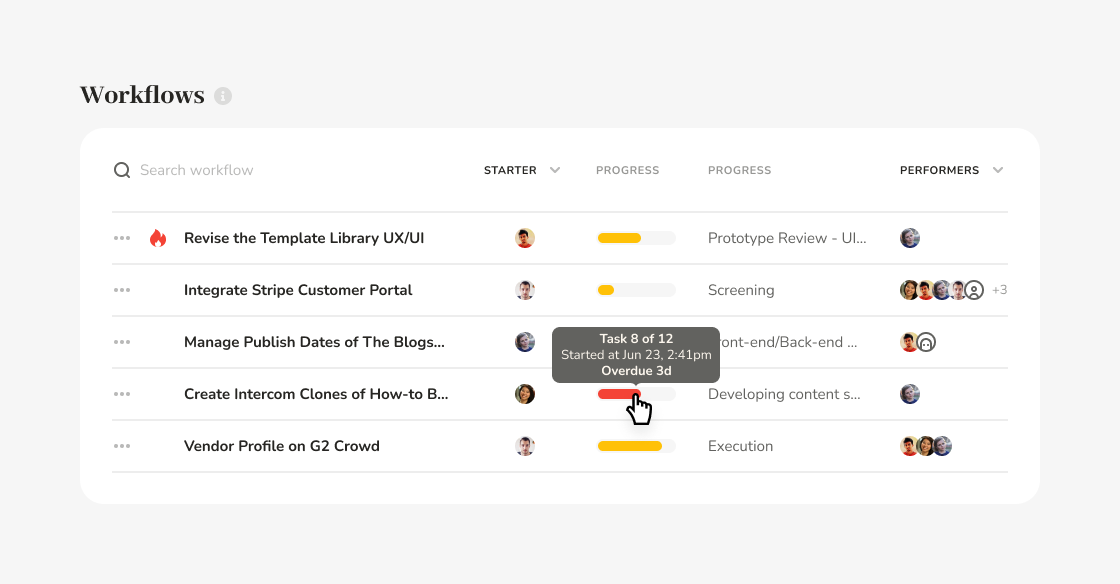Get Hands-On and Personal with Trello
If you’re a solopreneur or leading a small team, Trello might be just the perfect tool for you. With its simple yet functional design, it empowers users to set up Kanban boards for tracking tasks the agile way.

You can create and assign cards to team members, who then move them from list to list on your boards as they work on them. The beauty of Trello lies in its user-friendliness, the lucidity of task management, and the flexibility it brings to the table.
Too Many Tasks, Too Many People
However, as beneficial as it is, Trello may falter as your team grows. Picture this: your organization is scaling up, and with more hands on deck, the number of tasks escalates. Consequently, your Trello boards, once sleek and neat, begin to resemble a dense forest, brimming with cards and the number of boards shoots up too, so it becomes difficult to remember which board that all-important card is even on.

The clarity that once ruled supreme is now obscured by this complexity. And you can’t avoid complexity when your company moves past the two-pizza size.
Structure Task Progression with Workflows in Pneumatic
In contrast, Pneumatic presents a more structured approach to operations management by organizing tasks into sequential workflows. Imagine providing each team member with their personalized task bucket. They sift through their tasks, focusing solely on what needs their immediate attention. Upon completion, they simply mark a task done and it disappears from their list.

The rest is handled by Pneumatic’s magic: based on the operations manager’s configuration, the workflow moves on to the next stage, assigning the subsequent tasks to the relevant team members who are next in the pipeline.

It’s like an assembly line that you can run over and over again to get predictable results every time. The freshly assigned tasks appear in their performers’ buckets, maintaining a clear and focused working environment.
Get a Conductor to Turn your Garage Band into an Orchestra
To use an analogy, Trello is like a small, dynamic garage band, where everyone can play their instruments without needing a conductor. However, as the band grows into a grand orchestra, the need for a conductor becomes apparent, or else the symphony might turn into a cacophony. In this scenario, Pneumatic steps in as the conductor, harmonizing the tasks and ensuring each workflow’s smooth execution and progression from step to step.
|
Trello
|
Pneumatic
|
| Task Visibility |
Tasks are always visible on the board, irrespective of their stage or priority. |
Tasks only appear in the queue when they are ready to be actioned, enhancing focus and reducing clutter. |
| Task Description |
Task descriptions are generic, potentially leading to important details being lost in comments or missed by the workgroup. |
Task descriptions are personalized and specific, ensuring clarity about what needs to be done at the present moment. |
| Task Management |
Tasks need to be manually moved between lists by team members. This ad-hoc process can lead to confusion and mismanagement. |
Tasks can only be added to a queue when all required elements for successful completion are provided, maintaining order and ensuring readiness. |
| Task Completion |
The need to manually move tasks and shift responsibilities can lead to frustration and inefficiency, especially if important data is missing. |
A clear definition of task completion along with enforceable outputs reduces the chances of tasks being returned, thereby increasing the overall task completion rate. |
| Sequential Business Process |
Lists can represent stages of a process, but the exact sequence is not enforceable. Reliance on humans to move tasks from list to list can lead to errors, causing confusion and outdated representations. |
There’s a clearly defined and enforceable sequence of stages. Tasks automatically travel between stages based on predefined scenarios, saving users from the burden of deciding what stage comes next or where to return a task. When a task is completed, it automatically moves to its next relevant stage, ensuring efficiency and accuracy. |
 3-minute read
3-minute read




